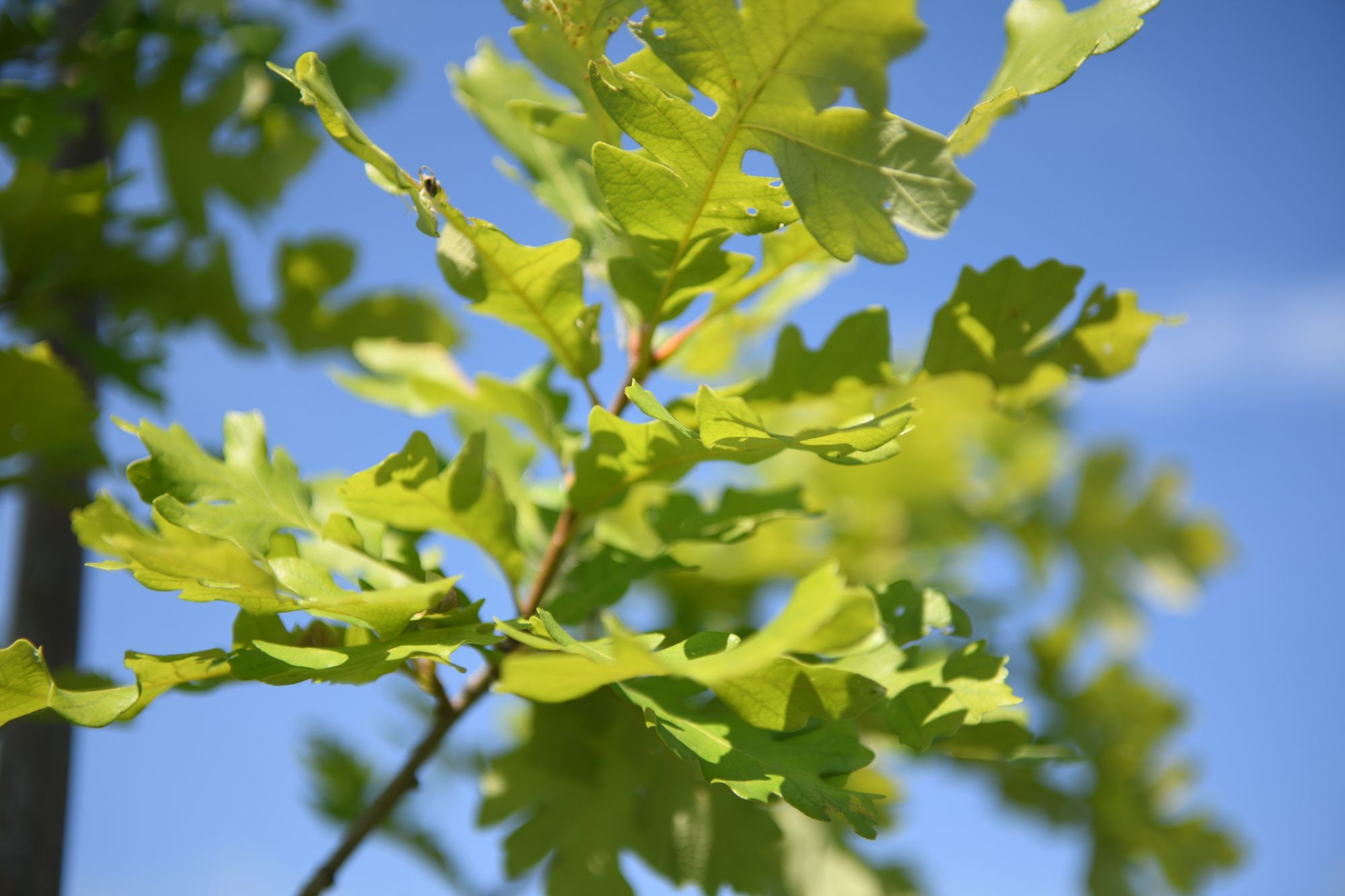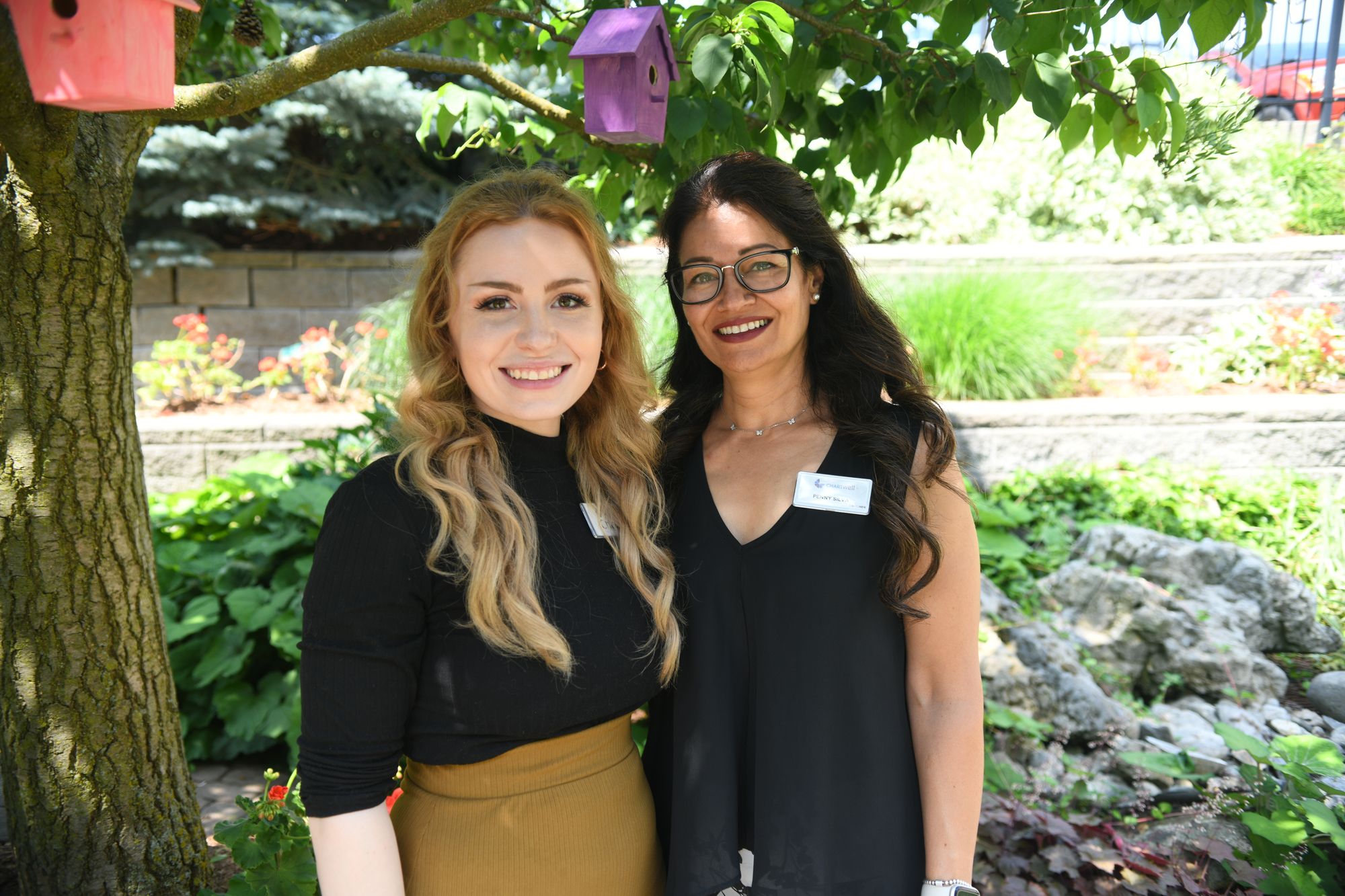August is declared annual Tree Check month by the Canadian Food Inspection Agency, the branch of the government tasked with managing invasive species.
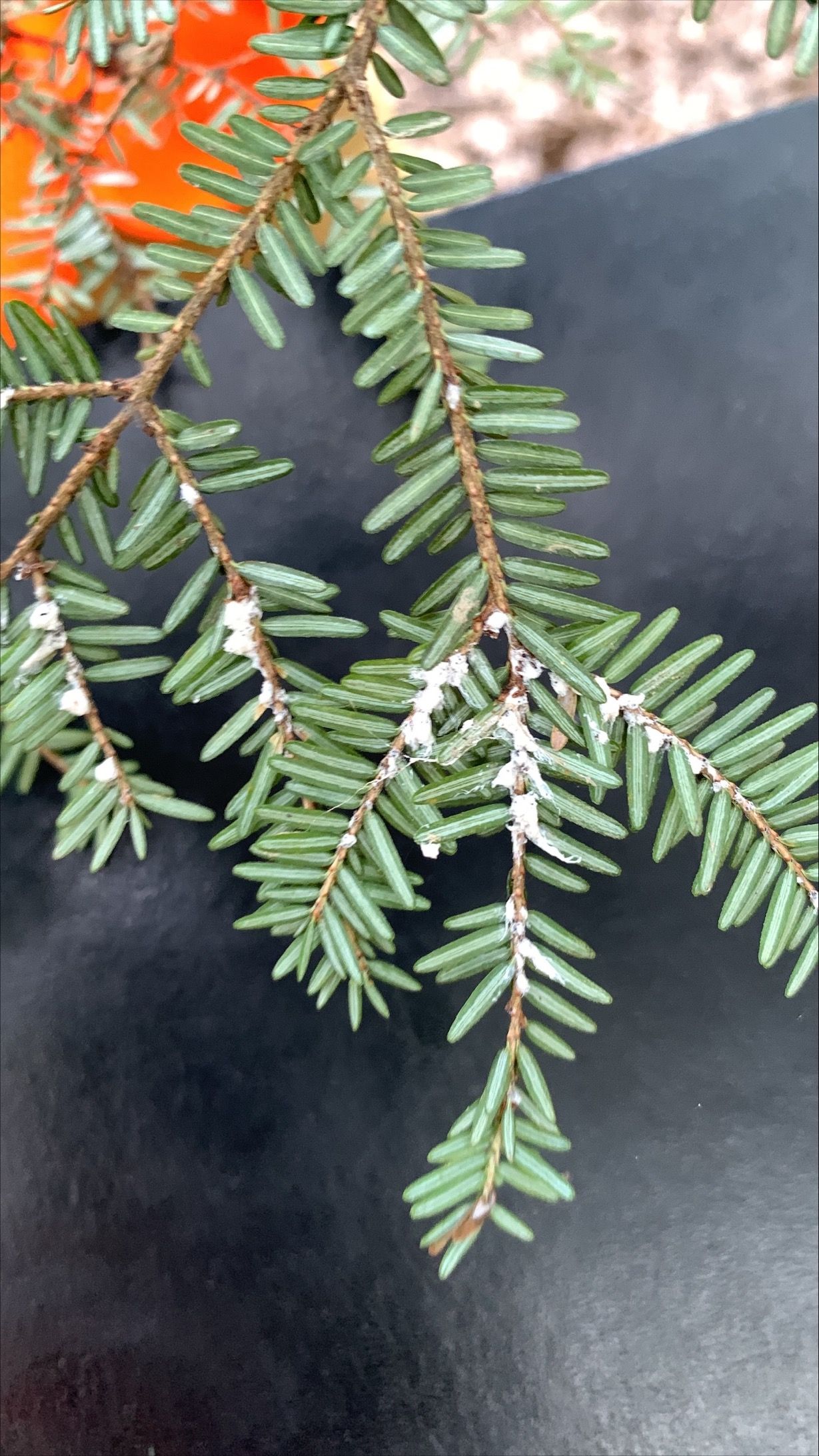
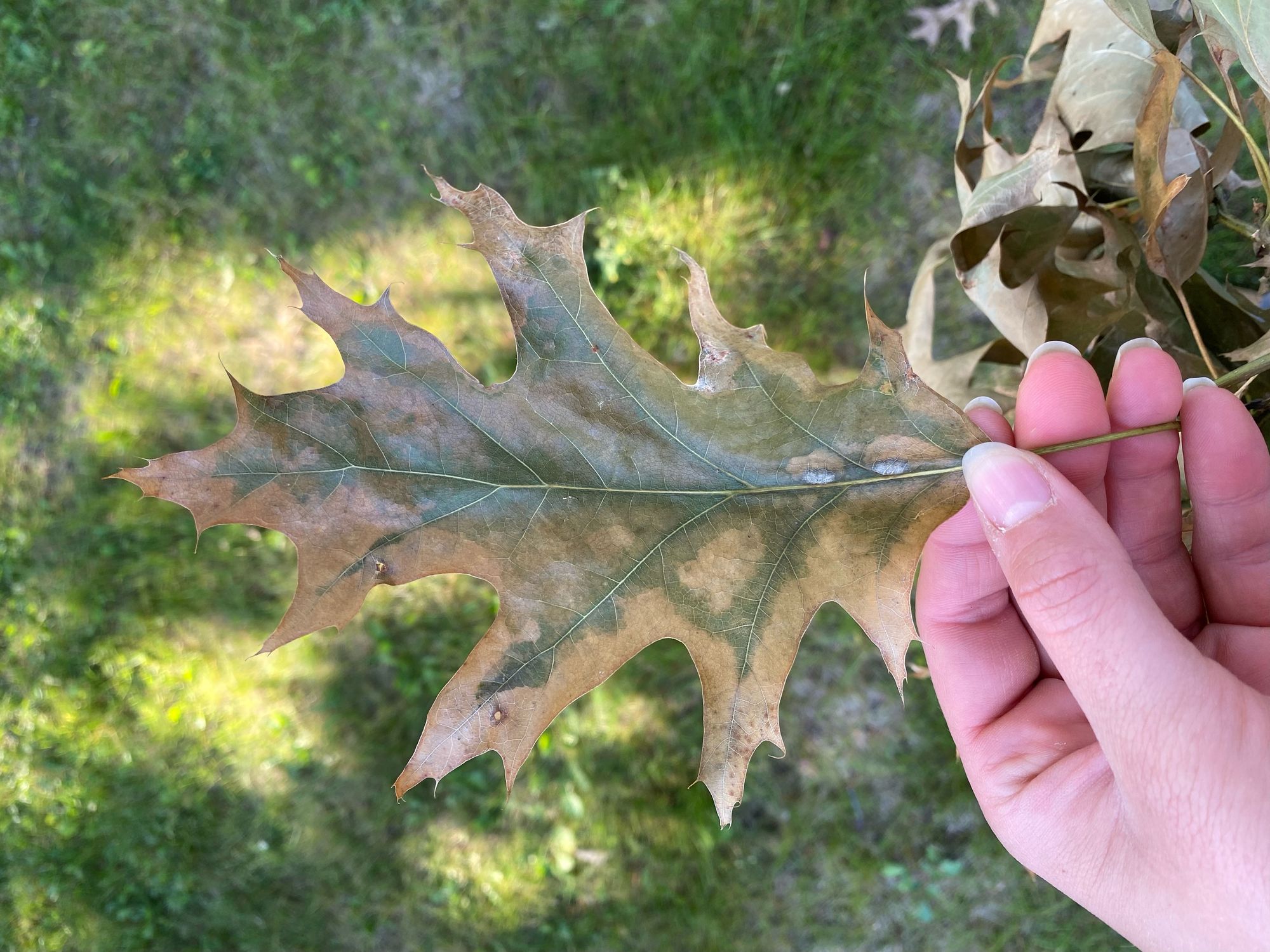
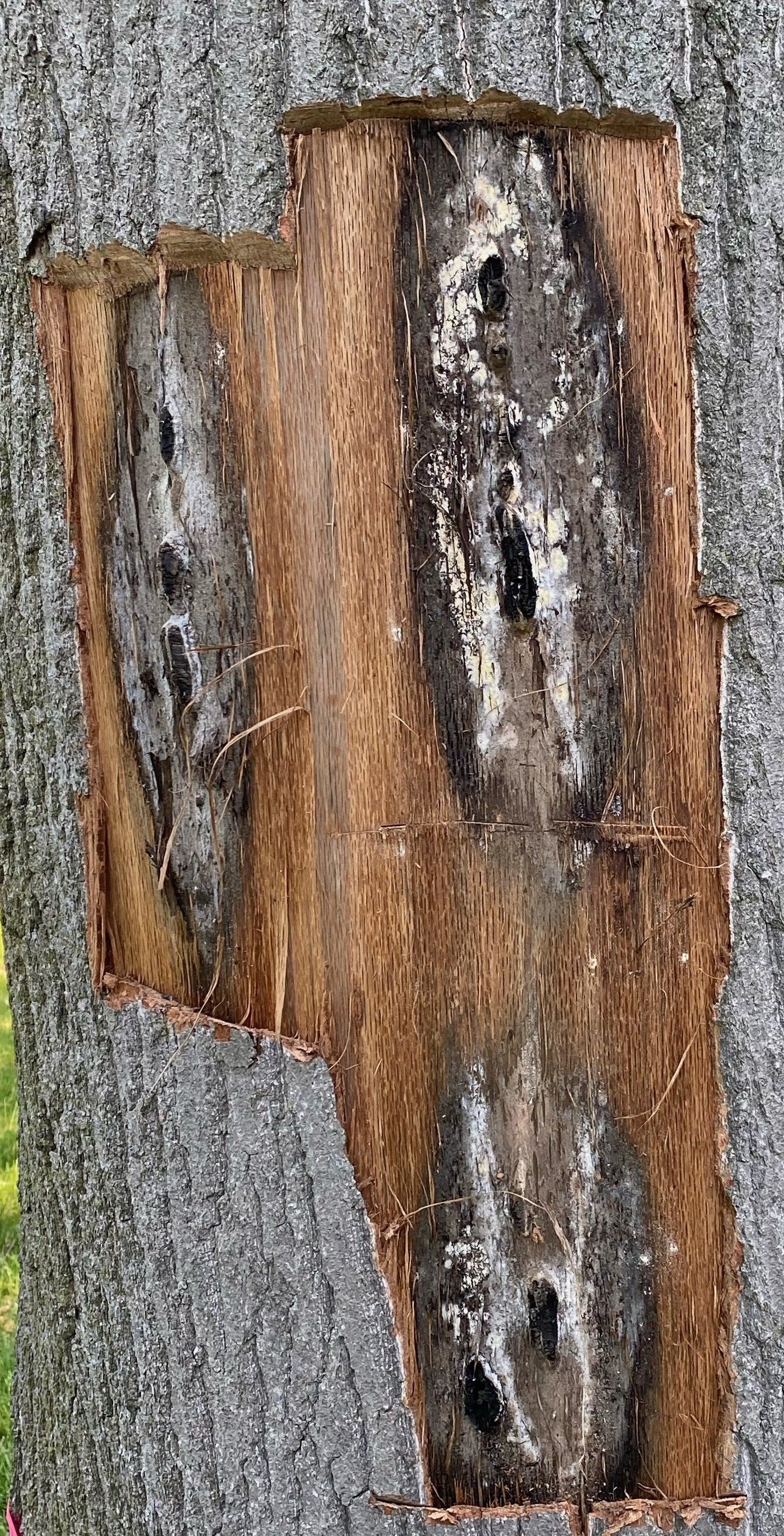
Agencies have identified oak wilt, a fungus that attacks oak trees for which there is no cure, as an emerging threat. [Submitted]
Tree Check month is a call for all Canadians to check on their favourite trees: in their backyards, cityscape, local parks and the like.
When performing a tree check, people should start from the roots, and work their way up, says Nicole Mielewczyk, a biologist with the CFIA.
She recommends looking at the base of the tree and up the trunk. Check for unusual or sudden changes, cracks, insect holes, tunnels, parts of the bark coming off. Then begin to look at the branches and leaves. Look to see if leaves are changing colour, particularly if it’s too early for fall leaf change, and also look for insect holes in the leaves. Check if the crown is full. Look for clusters of insects throughout.
“What we really like to emphasize with members of the public who are nervous about this kind of thing is that routinely looking at your trees and even just the plants in general in your neighborhood, to get an idea of what they’re supposed to look like, and people noticing any sudden changes will help with any further action that needs to be taken. Early detection is the key step in management of any pest,” said Mielewczyk.
“Another thing is just learning about the pests that could be in or near your community,” said Derissa Bincentini, the community science coordinator with the Invasive Species Centre. “What’s on the horizon or threatening your community and knowing what the signs and symptoms are to look for those specific pests or if you have a tree in your backyard that would be susceptible to those specific pests as well, so that you already know that you can be looking and monitoring for those in your trees.”
The Invasive Species Centre, a non-profit dedicated to helping mitigate invasive species in the country, has an online tree check form people can use, even on their cell phones, to help them check their trees. The CFIA also has tree checking activities and resources available to check trees with children.
If a problem is noticed while performing a tree check, people should report it to the CFIA, said Mielewczyk. This can be done by calling the agency at 1-800-442-2342 or online at inspection.canada.ca. It can also be recorded on EDD Maps, an online crowd-sourced mapping platform to track invasive species sightings.
Mielewczyk says the first thing the agency staff will want is images of what was found. By looking at the images, staff will determine next steps. It could be the CFIA offers peace of mind and can confirm the tree is healthy and normal.
That said, if the tree is confirmed a carrier of a deadly disease, then staff will take action. Some diseases have cures. Others do not.
“It all depends on what pest is detected on what tree,” said Mielewczyk.
In some cases, the tree will need to be cut down if there is no cure for the disease. Both Mielewczyk and Bincentini acknowledge this might be distressing for some people.
In those cases, it’s safe to say the tree would likely have died anyway, said Mielewczyk.
And while you might lose one tree, cutting it down may save many other current and future trees, said Bincentini.
The list of invasive species and diseases threatening Canada’s trees grows ever-longer. One of the newest and deadliest on the list is oak wilt, which was just confirmed in Canada for the first time two months ago in Niagara Falls, Springwater and Niagara-on-the-Lake.
There is no cure for oak wilt. It can kill all species of oak, but is particularly harsh for red oaks. Oak wilt can kill a red oak in as little as four weeks, says Mielewczyk.
Oak wilt is a fungus that spreads by attracting native sap beetles to spread its spores to healthy trees, or through the root system from tree to tree. It can also be spread by humans by the transport of infected wood products or nursery stock.
Is there a chance Ontario and Canada could lose its forests from all the pests and diseases that have decimated and continue to decimate the country’s tree species?
Mielewczyk says that while there is lots to be worried about when it comes to invasive species, there are also victories to celebrate.
“I must say that we, Canada, as well as our partners, whether it’s the United States or other international partners, we communicate a lot about all the pest risks that are incoming, what we’re all doing to prevent and manage the situation. And we’ve come a long way from pests like emerald ash borer. We’ve been able to successfully eradicate Asian longhorn beetles in the Toronto-Vaughan area. We’re very confident in our stance on oak wilt, which is to eradicate. At this point in time, although it doesn’t really seem like it, the CFIA is optimistic about the future of plants in Canada,” said Mielewczyk.
She said she believes outreach and education is the key to stop the spread of invasive species and diseases, adding not moving firewood is one of the main practices to stopping or slowing the spread, as well as checking equipment, boats, RVs, trailers, and anything else moving around the landscape.
Bincentini says the key is to focus on what can be done, such as reminding people not to move firewood, rather than on the negatives.
“The more people that get involved, the better equipped we actually are on the landscape to tackle these species and prevent these diseases from spreading. And so every little action does count.”
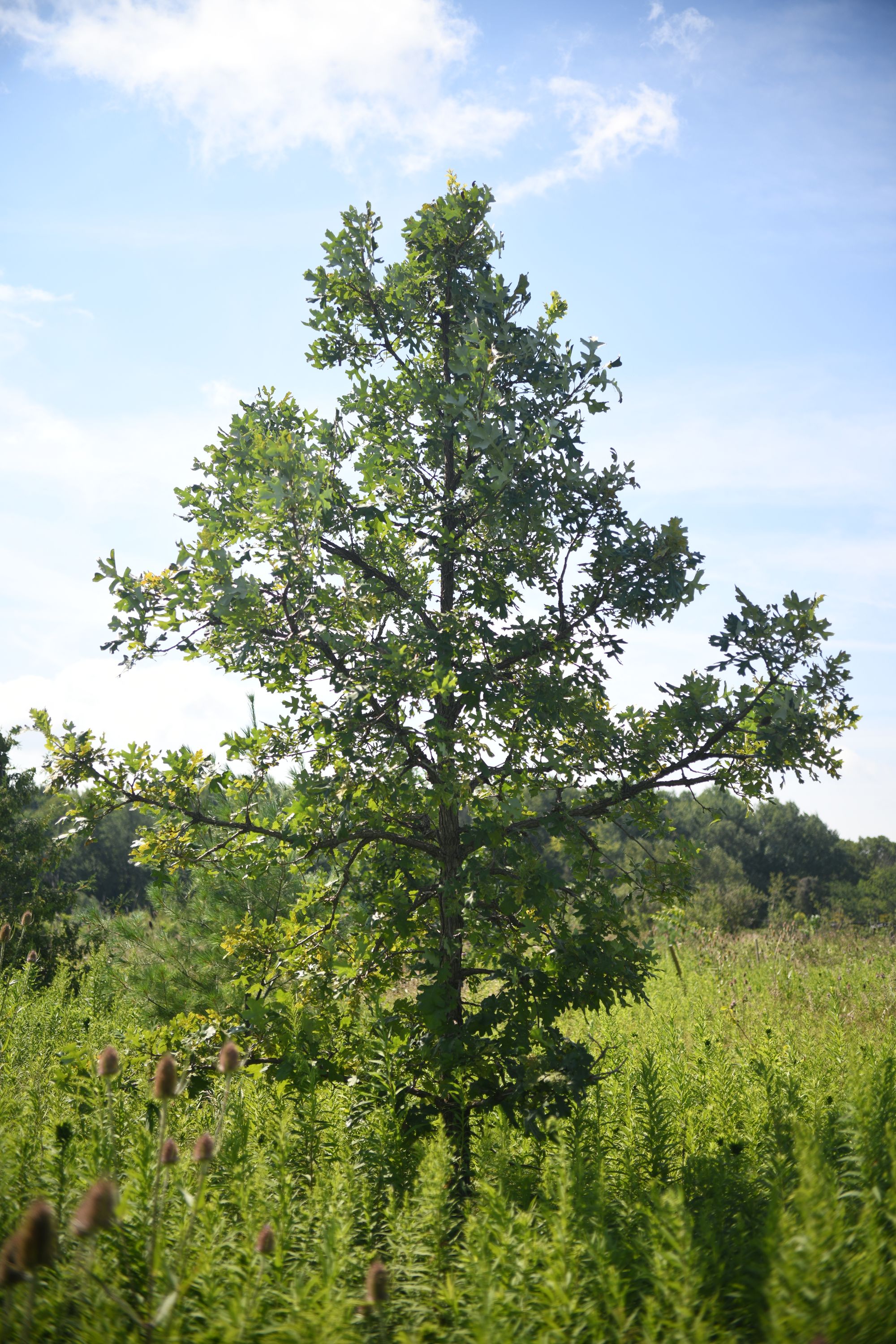
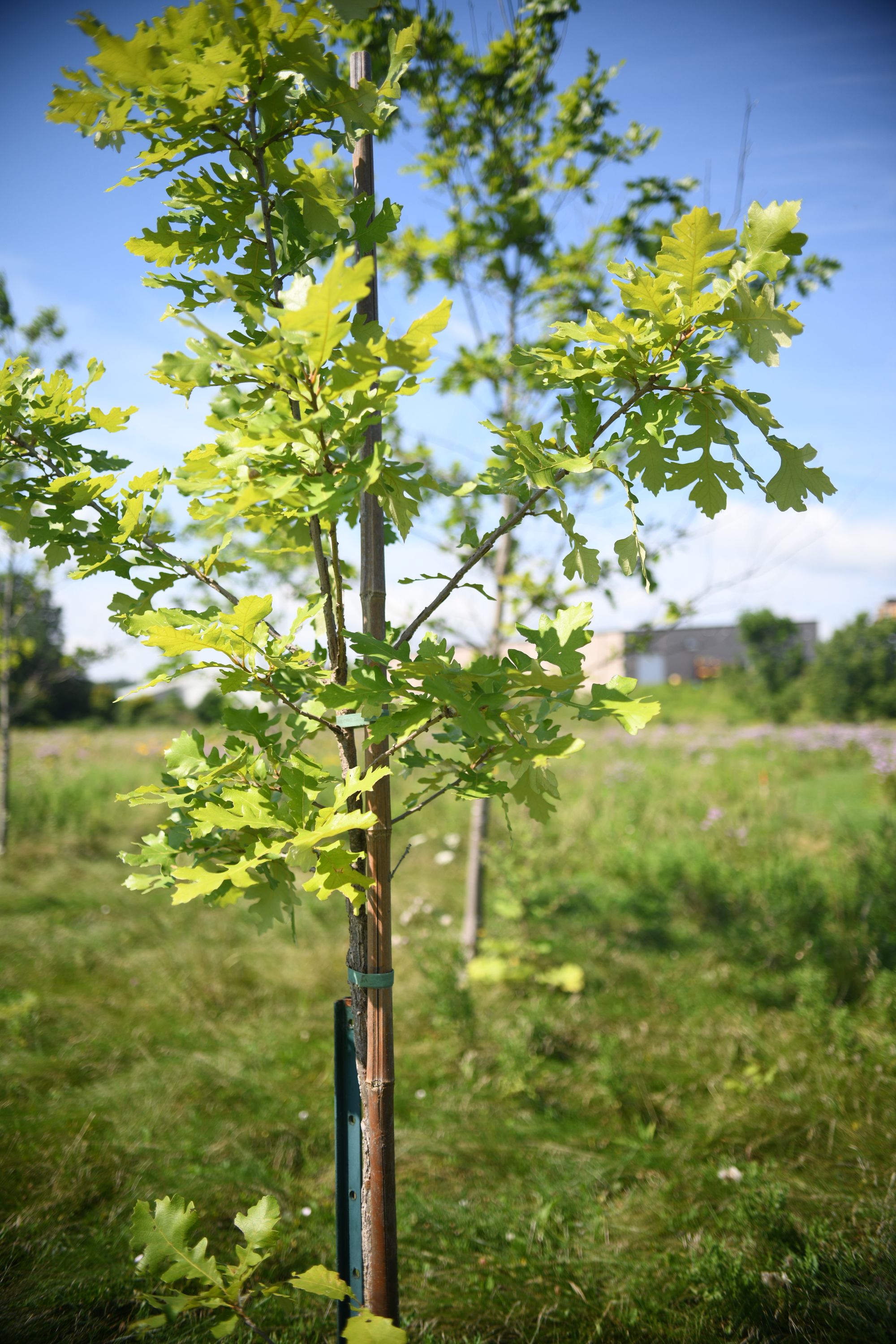
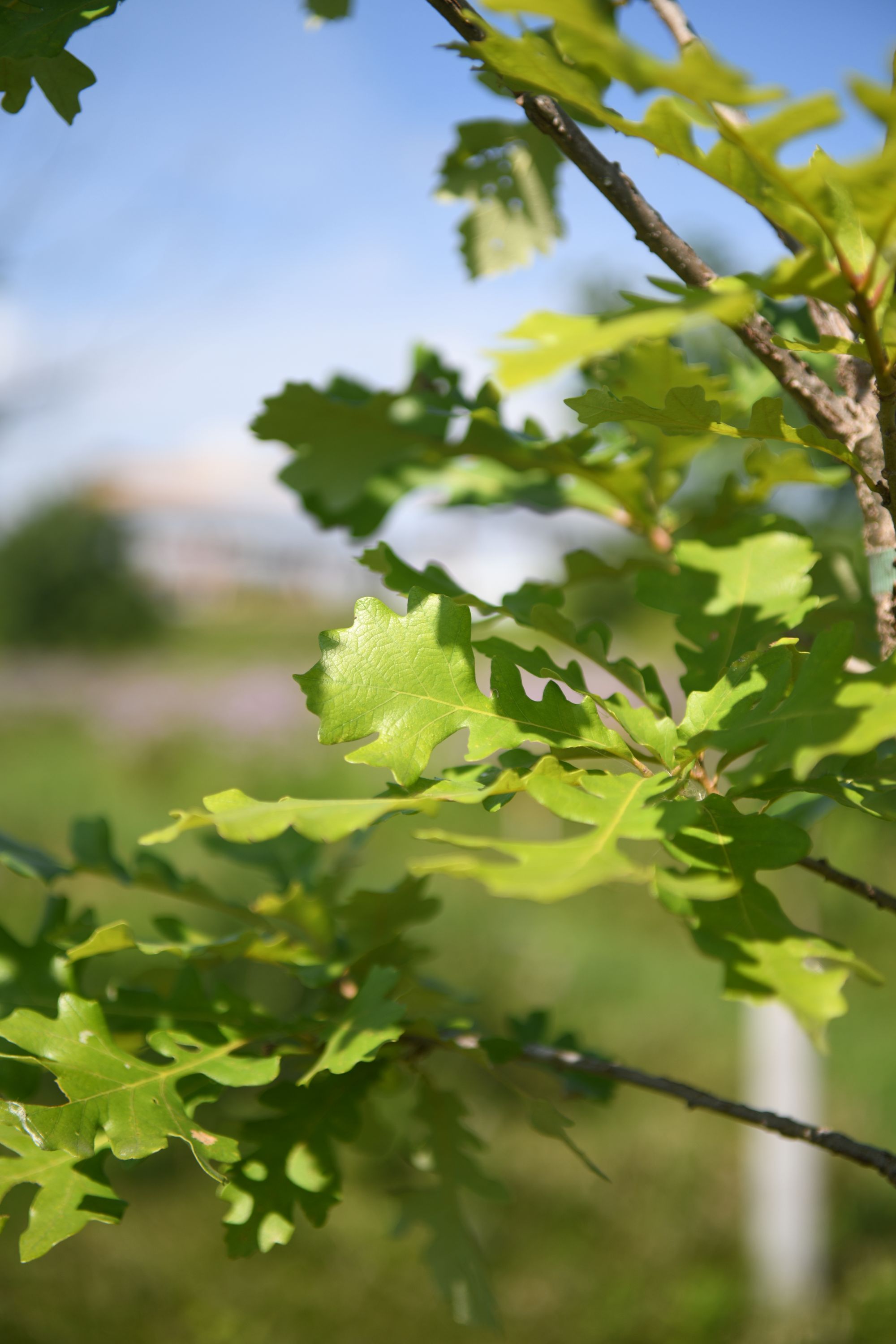
Healthy oak trees at the Elmira Nature Reserve [Leah Gerber]


